By Doug Ward
Research universities generally say one thing and do another when it comes to supporting effective teaching.
That is, they say they value and reward high-quality teaching, but fail to back up public proclamations when it comes to promotion and tenure. They say they value evidence in making decisions about the quality of instruction but then admit that only a small percentage of the material faculty submit for evaluation of teaching is of high quality.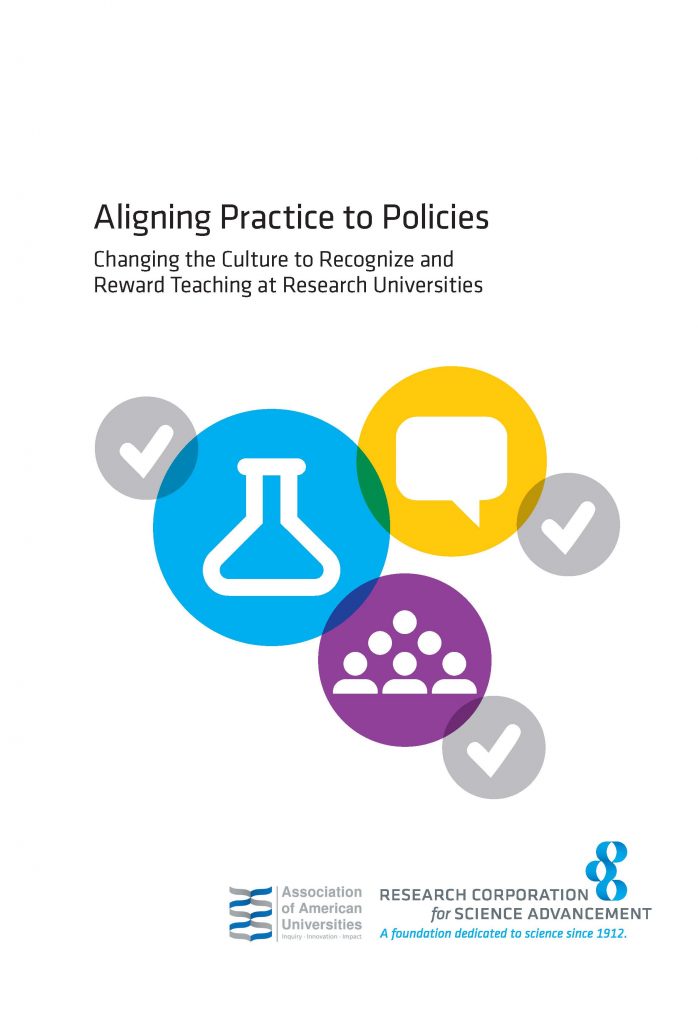
That’s one finding from a recent report by the Association of American Universities, an organization that has traditionally embraced research as the most important element of university culture. That has begun to change over the last few years, though, as the AAU has emphasized the importance of high-quality teaching through its Undergraduate STEM Education Initiative. It elevated the importance of teaching even more with its recent report.
That report, called Aligning Practice to Policies: Changing the Culture to Recognize and Reward Teaching at Research Universities, was created in collaboration with the Cottrell Scholars Collaborative, an organization of educators working to improve the teaching of science. The report contains a survey of AAU member universities about attitudes toward teaching, but many of the ideas came out of a 2016 gathering of more than 40 leaders in higher education. Andrea Greenhoot, the director of CTE, and Dan Bernstein, the former director, represented KU at that meeting.
I wrote earlier this summer about the work of Emily Miller, the AAU’s associate vice president for policy, in helping improve teaching at the organization’s member universities. The AAU, she said, had been working to “balance the scale between teaching and research.” Miller played a key role in creating the latest report, which makes several recommendations for improving undergraduate education:
Provide ways to reward good teaching. This involves creating an evaluation system that moves beyond student surveys. Those surveys are fraught with problems and biases, the report says, and don’t reflect the much broader work that goes into effective teaching. Such a system would include such elements as evidence of course revision based on learning outcomes, documentation of student learning, adoption of evidence-based teaching practices, and reflection on teaching and course development. Universities also need to educate promotion and tenure committees on best practices for reviewing such materials, the report said.
Create a culture that values teaching as scholarship. This might involve several things: raising money to reward faculty members dedicated to improving student learning; providing time and resources for instructors to transform large lecture classes; and creating clear standards of good teaching for promotion and tenure, and for teaching awards. The report also suggests providing forums for recognizing teaching, and diminishing the divide between instructional faculty members and those whose jobs are research heavy.
Gain support from department chairs and deans. University leaders play a crucial role in setting agendas and encouraging faculty to adopt evidence-based teaching practices. This is especially important in the hiring process, the report says, and leaders can signal the importance of good teaching by providing professional development money, supporting involvement in communities that help promote good teaching, and having new faculty members work with experienced colleagues to gain insights into how to teach well.
The report made it clear that many research universities have a long way to go in making teaching and learning a crucial component of university life. Despite mounting evidence showing that student-centered, evidence-based teaching practices help students learn far more than lecture, the report said, most faculty members who teach undergraduate STEM courses “remain inattentive to the shifting landscape.”
In many cases, the report said, university policies express the importance of teaching, with most providing at least some guidance on how teaching should be evaluated. Most require use of student surveys and a majority recommend peer classroom evaluation. The problem is that teaching has long been pushed aside in the promotion and tenure process, even as universities pay lip service to the importance of teaching. The report said that needed to change.
“Research universities need to create an environment where the continuous improvement of teaching is valued, assessed, and rewarded at various stages of a faculty member’s career and aligned across the department, college, and university levels,” the report said. “Evidence shows that stated policies alone do not reflect practices, much less evolve culture to more highly value teaching. A richer, more complete assessment of teaching quality and effectiveness for tenure, promotion, and merit is necessary for systemic improvement of undergraduate STEM education.”
The report features the work of three universities, including KU, in helping change the culture of teaching. It includes a rubric we have developed at CTE to help departments move beyond student surveys in evaluating teaching, and talks about some of the work we have done to elevate the importance of teaching. It also explains the work that the University of Colorado and the University of California, Irvine, have done to improve STEM teaching at their campuses.
I’ll be writing more about the CTE teaching rubric in the coming weeks as we launch a new initiative aimed at helping departments use that rubric to identify the elements of good teaching and to add dimension to their evaluation of teaching. The AAU report is a good reminder of the momentum building not only to improve teaching but to elevate its importance in university life. Progress has been slow but steady. We seem on the cusp of significant changes, though.
Doug Ward is the associate director of the Center for Teaching Excellence and an associate professor of journalism. You can follow him on Twitter @kuediting.



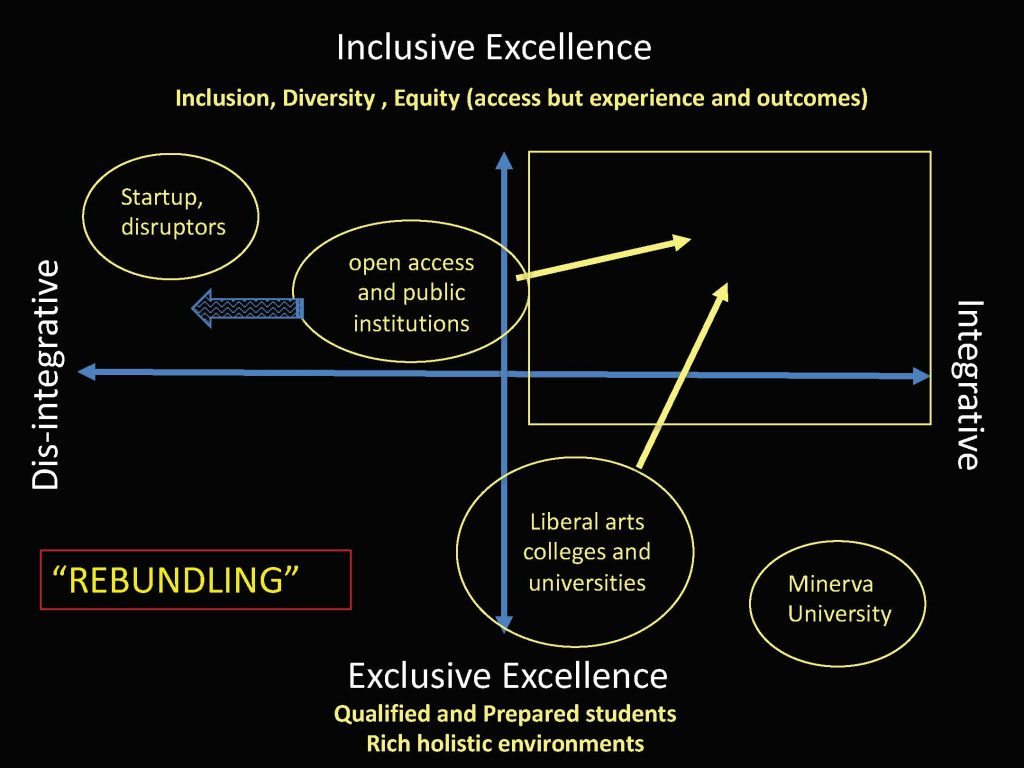

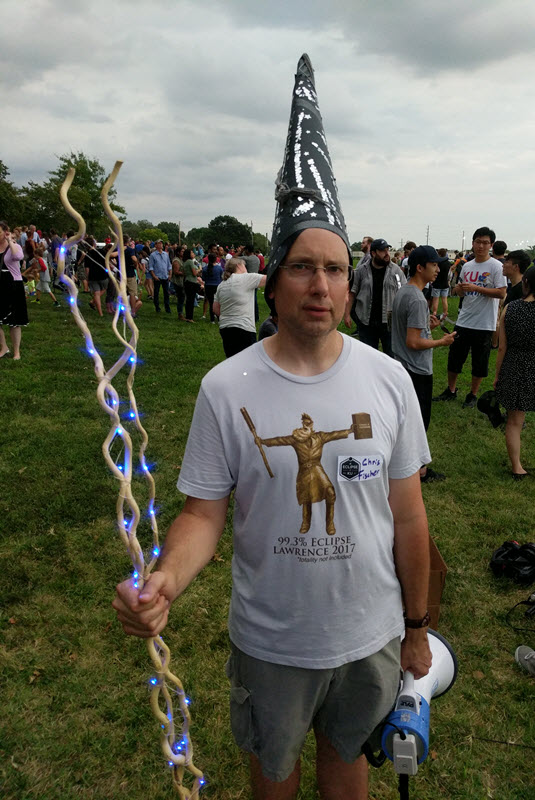

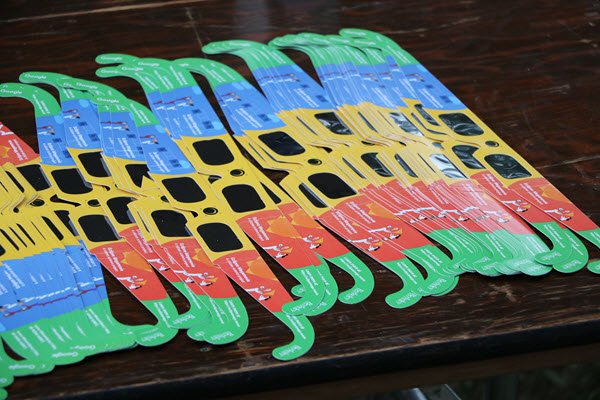
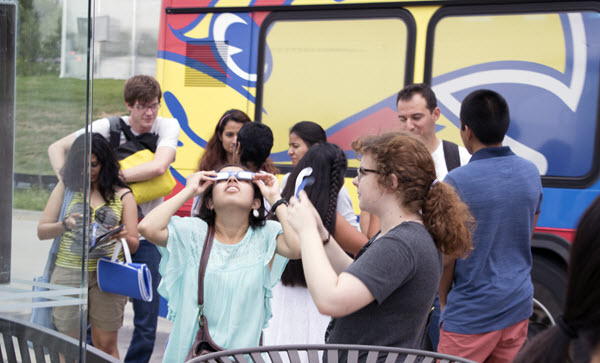
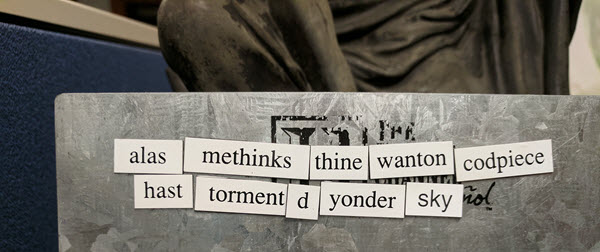
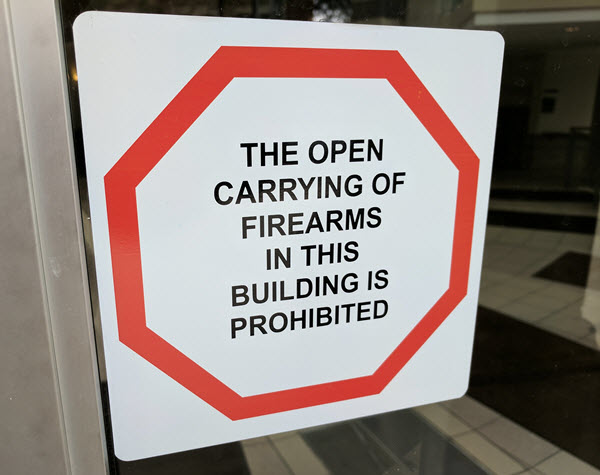
Recent Comments